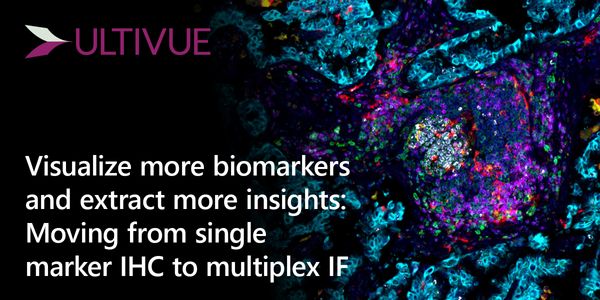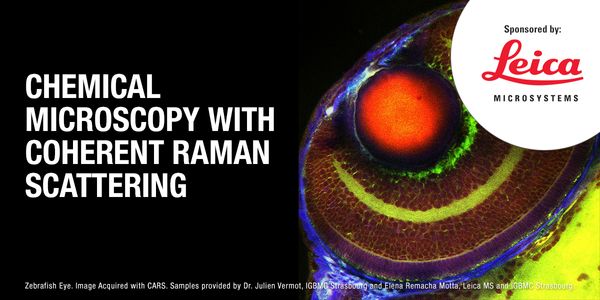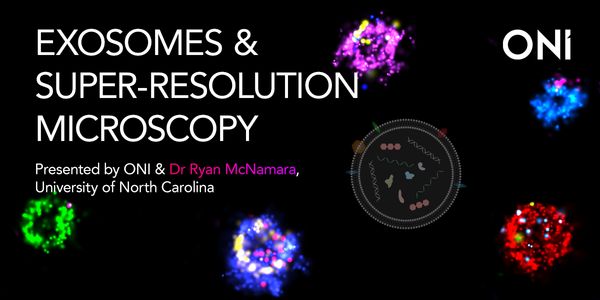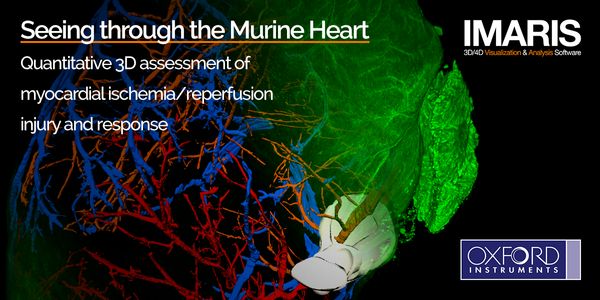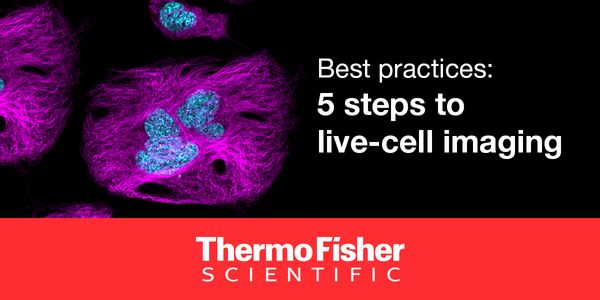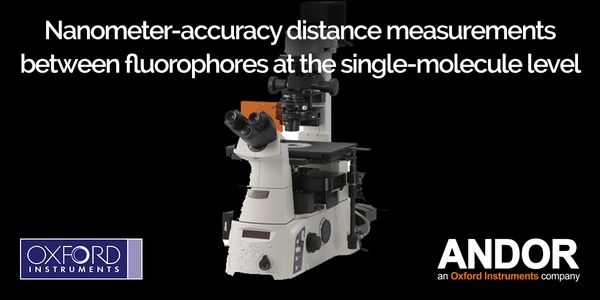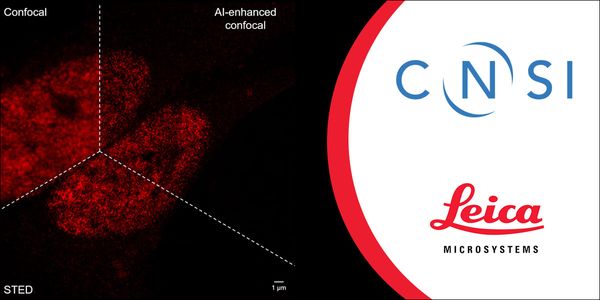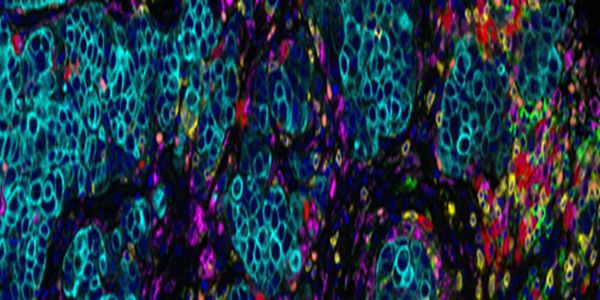Fluorescent microscopy
Fluorescent microscopy is an optical technique utilizing fluorescence in place of (or in addition to) other light sources. Fluorescent microscopy is used to study organic and inorganic substances by harnessing fluorescence to generate an image.
-
APR 16, 2020 | 9:00 AMDATE: April 16, 2020 TIME: 9:00am PT, 12:00pm ET There is an increasing need to evaluate and understand unique phenotypes and mechanisms of action within the tumor microenvironment. Existing...MAR 18, 2020 | 6:30 AMDATE: March 18, 2020 TIME: 6:30am PT, 9:30am ET Presentation: Chemical Imaging for Biomedicine: the Next Frontier of Light Microscopy Dr. Wei Min, Columbia University www.columbia.edu/cu/che...MAR 17, 2020 | 7:00 AMDATE: March 17, 2020 TIME: 7:00am PT, 10:00am ET Introduced more than 30 years ago, stimulated emission depletion (STED) microscopy has raised to a standard and widely used method for imagin...Learning is often an emotional process. Emotional stimuli with different valences, such as threat and reward, can transform an otherwise neutral sensory input into one that can trigger disti...
NOV 15, 2019 | 8:00 AM
DATE: November 15, 2019TIME: 8:00am PST, 11:00am EST Exosomes are small vesicles, ranging from 30-120 nanometers in diameter, secreted from cells throughout the human body. The...
NOV 07, 2019 | 10:00 AM
DATE: November 7, 2019TIME: 10:00am PST, 1:00pm EST Studying the pathogenesis of diabetes requires detailed analysis of the pancreatic islet microenvironment and its numerous c...
OCT 30, 2019 | 7:00 AM
DATE: October 30, 2019TIME: 7:00am PDTJoin us for a webinar to learn how to apply single cell methods to study cancer. Dr. William Greenleaf, Associate Professor from Stanford Universit...
SEP 19, 2019 | 7:00 AM
DATE: September 19, 2019TIME: 7:00am PDT, 10:00am EDT, 3:00pm BST Cardioprotection by salvage of the infarct-affected myocardium is an unmet yet highly desired therapeutic goal...
AUG 13, 2019 | 10:00 AM
DATE: August 13, 2019TIME: 10:00am PDTWhether you are new to live-cell imaging or an experienced researcher, this webinar will show you how to obtain publication-quality live-cell image...
AUG 13, 2019 | 9:00 AM
DATE: August 13, 2019TIME: 9:00am PT, 12:00pm ET, 5:00pm BST Molecular complexes are major constituents of cells, hence unraveling their mechanisms is key to fuller comprehension of c...
APR 18, 2019 | 9:00 AM
DATE: April 18, 2019 TIME: 9:00am PDT...
Speaker:
Aydogan Ozcan, PhD
, Hongda Wang, MS, BS
, Yair Rivenson, PhD
, Laurent Bentolila, PhD
Sponsored By: Leica Microsystems
MAR 26, 2019 | 2:00 PM
DATE: March 26, 2019TIME: 2:00pm PDT, 5:00pm EDT Prostate cancer is the second most common form of cancer in males, affecting one in eight men by the time t...
This intensive workshop will introduce infrared spectroscopy, outline the various sample handling methods and provide guidance on the numerous transmission and reflectance methods available f...
OCT 11, 2018 | 8:00 AM
DATE: October 11, 2018TIME: 8:00AM PDTSimultaneous quantitation of 6 or more biomarkers in intact tissue specimens holds the key to many questions concerning the biological basis o...
Cellular processes are orchestrated by a large number of biomolecules in a spatially and temporally coordinated manner within a tiny volume. To uncover the underlying organizational principle...
Early adverse exposures, such as maternal stress during pregnancy and child abuse, are thought to result in long-lasting consequences on neural circuit function and stress hormone regulation...
Speaker:
Peter O'Toole, PhD
, Rakesh Suman, PhD
Presented at: Cell Biology Virtual Event Series 2018
JUL 12, 2018 | 8:00 AM
Our MoFlo Astrios serves or multidisciplinary Department of Biology through our open access Bioscience Technology Imaging and Cytometry Core Lab at the University of York. As a core instrumen...
JUN 26, 2018 | 8:00 AM
Our Imaging and Cytometry Core Lab is in the Bioscience Technology Facility that serves a multidisciplinary Department of Biology as well as external users through our open access approach.&n...
FEB 15, 2018 | 10:00 AM
DATE: February 15, 2018TIME: 10:00 AM PST, 1:00 PM ESTModern biomedical instrumentation for research or diagnostic applications often rely on cameras as detectors. Cameras in instrument...
DATE: December 14, 2017TIME: 7:00AM PTRecent breakthroughs in image sensor performance and signal processing have joined to enable new possibilities for live cell fluorescence microscop...
DATE: December 11, 2017TIME: 09:00am PST, 12:00pm ESTReproducibility is an important and ongoing topic of discussion within the scientific community. Although the reasons underlying the...
Einstein researcher Robert Singer, Ph.D., discusses a breakthrough in microscopy that is allowing scientists to track messenger RNA in living cells in real time. The study, published in the S...
Bioflavonoids are dietary agents found in everyday food items such as fruits, vegetables, and legumes. It has been suggested that bioflavonoids be used with chemotherapeutics as an anti-cance...

